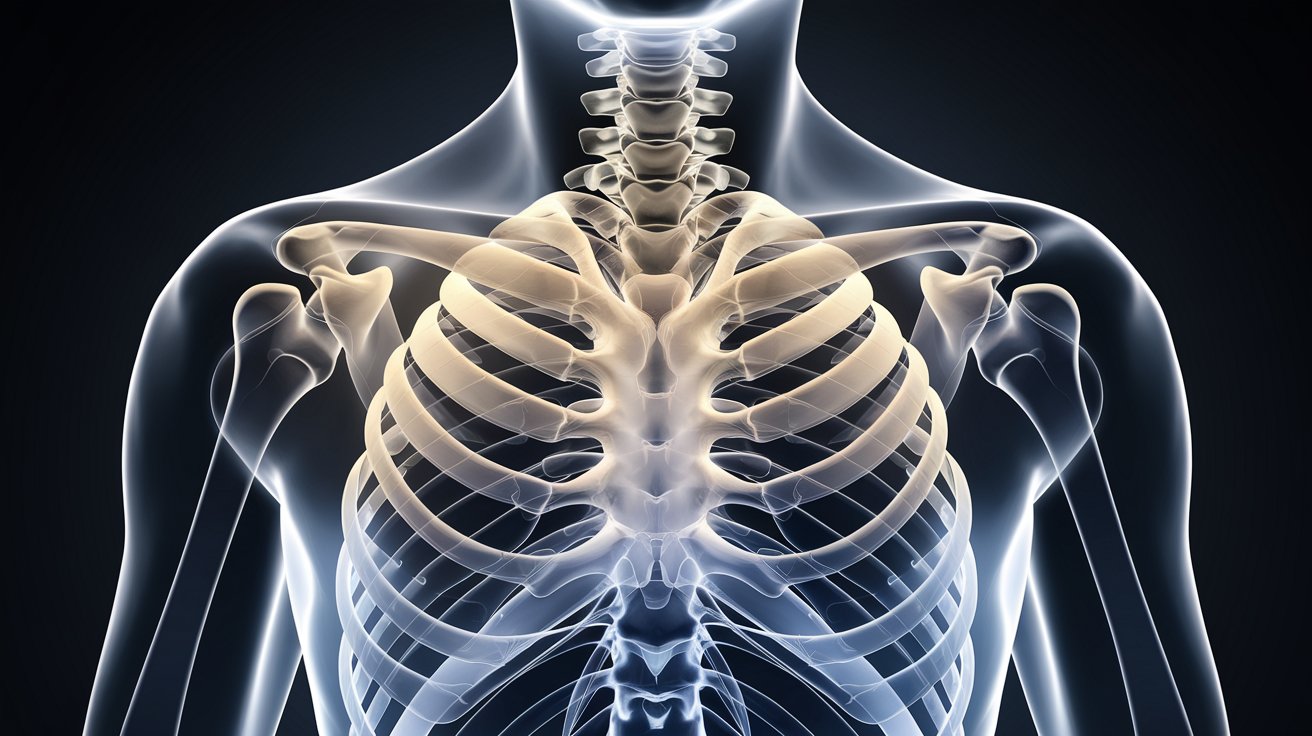
Thoracopelvic Dysostosis is a rare genetic disorder that affects the development of the chest and pelvis. This condition can cause significant skeletal abnormalities, leading to various health challenges. What causes Thoracopelvic Dysostosis? The primary cause is mutations in specific genes responsible for bone growth and development. These genetic changes disrupt normal skeletal formation, resulting in the characteristic features of the disorder. Understanding this condition is crucial for early diagnosis and management. In this blog post, we'll explore 25 intriguing facts about Thoracopelvic Dysostosis, shedding light on its causes, symptoms, and potential treatments. Get ready to dive into the world of genetics and skeletal development!
Key Takeaways:
- Thoracopelvic Dysostosis is a rare genetic disorder causing skeletal abnormalities and health complications. It can lead to breathing difficulties, heart problems, and limited mobility, but with proper care, individuals can lead fulfilling lives.
- Individuals with Thoracopelvic Dysostosis may experience delayed growth, respiratory issues, and joint pain. They require multidisciplinary care, family support, and access to adaptive devices for improved quality of life.
What is Thoracopelvic Dysostosis?
Thoracopelvic Dysostosis is a rare genetic disorder affecting the development of the thorax (chest) and pelvis. It can lead to various skeletal abnormalities and health complications. Here are some intriguing facts about this condition.
-
Genetic Origin: Thoracopelvic Dysostosis is often caused by mutations in specific genes, such as the TBX6 gene, which plays a crucial role in skeletal development.
-
Rare Condition: This disorder is extremely rare, with only a handful of documented cases worldwide.
-
Skeletal Abnormalities: Individuals with this condition typically have malformations in their ribs and pelvis, which can affect their overall body structure.
-
Respiratory Issues: Due to the abnormal development of the thorax, affected individuals may experience respiratory problems.
-
Pelvic Deformities: The pelvis may be underdeveloped or misshapen, leading to difficulties with mobility and posture.
-
Growth Retardation: Children with Thoracopelvic Dysostosis often exhibit delayed growth and shorter stature compared to their peers.
-
Diagnosis: Diagnosis is usually made through genetic testing and imaging studies like X-rays or MRIs.
-
Inheritance Pattern: This disorder can be inherited in an autosomal recessive manner, meaning both parents must carry a copy of the mutated gene.
-
Prenatal Detection: In some cases, Thoracopelvic Dysostosis can be detected before birth through prenatal imaging.
-
Associated Syndromes: It can be part of a broader syndrome, such as Jeune syndrome, which also involves skeletal abnormalities.
Symptoms and Complications
Understanding the symptoms and potential complications of Thoracopelvic Dysostosis is crucial for managing the condition effectively.
-
Breathing Difficulties: Due to the chest malformations, individuals may have trouble breathing, especially during physical activity.
-
Frequent Infections: Respiratory issues can lead to a higher risk of lung infections.
-
Heart Problems: Some individuals may have congenital heart defects associated with the disorder.
-
Kidney Issues: Kidney abnormalities can also occur, leading to potential renal complications.
-
Hearing Loss: Hearing impairment is another possible complication due to skeletal abnormalities affecting the ear structures.
-
Joint Pain: Malformations in the pelvis and spine can cause chronic pain in the joints and back.
-
Limited Mobility: The skeletal deformities can restrict movement, making daily activities challenging.
-
Physical Therapy: Regular physical therapy can help improve mobility and reduce pain.
-
Surgical Interventions: In severe cases, surgery may be necessary to correct skeletal abnormalities and improve quality of life.
-
Lifespan: With proper medical care, individuals with Thoracopelvic Dysostosis can lead fulfilling lives, although they may face ongoing health challenges.
Living with Thoracopelvic Dysostosis
Living with this condition requires a comprehensive approach to healthcare and support.
-
Multidisciplinary Care: A team of specialists, including geneticists, orthopedists, and pulmonologists, is often needed to manage the condition.
-
Family Support: Emotional and practical support from family members is vital for individuals coping with the disorder.
-
Adaptive Devices: Assistive devices, such as braces or wheelchairs, can enhance mobility and independence.
-
Education and Awareness: Raising awareness about Thoracopelvic Dysostosis can help improve understanding and support for affected individuals.
-
Research and Advances: Ongoing research aims to uncover new treatments and improve the quality of life for those with this rare condition.
Final Thoughts on Thoracopelvic Dysostosis
Thoracopelvic dysostosis, a rare genetic disorder, affects bone development in the chest and pelvis. Understanding this condition helps in recognizing its symptoms early, leading to better management. Genetic mutations, specifically in the MESP2 gene, play a significant role in its occurrence. Early diagnosis and intervention can improve the quality of life for those affected.
While there's no cure, treatments focus on managing symptoms and improving mobility. Support from healthcare professionals, including genetic counselors, orthopedic specialists, and physical therapists, is crucial. Raising awareness about thoracopelvic dysostosis can lead to more research and better support systems for patients and families.
Staying informed and connected with support groups can make a significant difference. Knowledge empowers us to handle challenges more effectively. Remember, every bit of information and support counts in managing rare conditions like thoracopelvic dysostosis.
Frequently Asked Questions
Was this page helpful?
Our commitment to delivering trustworthy and engaging content is at the heart of what we do. Each fact on our site is contributed by real users like you, bringing a wealth of diverse insights and information. To ensure the highest standards of accuracy and reliability, our dedicated editors meticulously review each submission. This process guarantees that the facts we share are not only fascinating but also credible. Trust in our commitment to quality and authenticity as you explore and learn with us.
